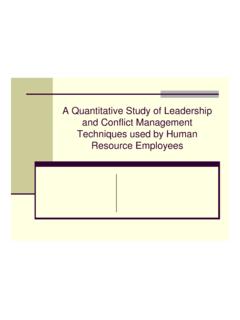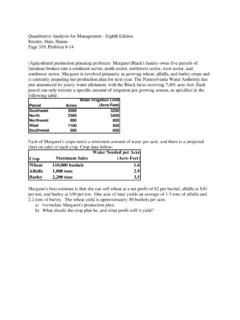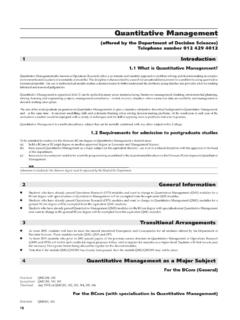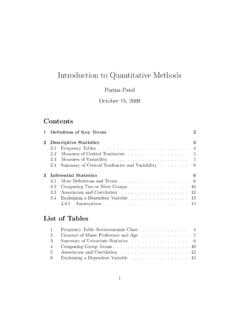Transcription of A Method for Quantitative Risk Analysis - NIST
1 A Method for Quantitative Risk AnalysisBy James W. Meritt, CISSPI IntroductionThere are two primary methods of risk Analysis and one hybrid Method : Qualitative - Improve awareness of Information Systems security problems andthe posture of the system being analyzed. Quantitative - Identification of where security controls should be implementedand the cost envelope within which they should be Method - A selected combination of these two methods can be used toimplement the components utilizing available information while minimizing themetrics to be collected and calculated.
2 It is less numerically intensive (and lessexpensive) than an in-depth exhaustive first, qualitative Analysis , is simpler and widely used. Qualitative Analysis helps inthe identification of the assets and resources at risk, vulnerabilities that might allow thethreats to be realized, safeguards already in place and those which may be implementedto achieve an acceptable level of risk and increase overall awareness. This Analysis usessimple calculations and uses procedure in which it is not necessary to determine thedollar value of all assets and the threat frequencies or the implementation costs of thecontrols.
3 Quantitative Analysis does this as well as identifies the specific envelope inwhich the losses and safeguards exist. It is based substantially on independentlyobjective processes and metrics and requires an accordingly increased degree of effort beplaced in deterring the cost values and an increasing amount of effort be placed into thecalculations. It does, however, present its results in a management -friendly form ofmonetary values, percentages, and probabilities. Since the Office of management andBudget Circular A-130 no longer requires a full-blown risk Analysis the hybrid modelusing a facilitated risk Analysis process is gaining in popularity due to its reduced costsand efforts required in spite of not providing the metrics desired for Methodology1.
4 Scope StatementThe scope statement is your first step. This single statement is what you will give to theInformation Technology Committee meeting recorder, incorporate into the submittedproposal. The scope statement must be committed to by all scope statement must:a. Specify exactly what is to be evaluatedb. State what kind of risk Analysis will be performedc. Provide the expected resultsFor example "A Quantitative risk Analysis will be performed on the Glimby informationsystem to determine what controls, if any, are needed to reduce the risks to the system toan acceptable level using benefit-cost Analysis methodologies for determining applicablecontrols.
5 "2. Asset pricingThe information system specified in the scope statement next will be broken down into itscomponents which will then be individually priced. While it is possible to break downthe system into functional units, I find it much easier to disassemble the overall systeminto its tangible components which may be more easily priced. I recommend thefollowing breakdown:Network/telecommunications: Modems - This category consists of the various modemsboth internal and external. Any system used to connect information systems tocommunication lines is contained within this categoryNetwork/telecommunications: routers - This category contains those items ofinformation technology which are identified as routers, gateways, hubs or serve a : Cabling - This category includes special purpose cablingidentified for the information technology but does not include that which is installed aspart of the operating area ( built in).
6 Network/telecommunications: Other - This category includes those items ofinformation technology that are used for networking and/or telecommunications but donot fit within other designated categories. It includes, but is not limited to, special-purpose communication cards and : Operating System - This is the programming, which enables the informationtechnology to operate. The vendor along with the hardware that it operates provides are MVS, DOC, UNIX, ..Software:Applications - This category contains those items of software which aredirectly necessary for the business operations of the organization.
7 It is usually developedin-house or under contract and does not contain those items of software directlynecessary for the operations of systems within : Other - This includes any programming which is not either identified as acomponent of a system Operating System or as one of the primary applications. Typicalexamples are provided by third-party : Monitors - This category covers items which are used to displayinformation from the various units of information technology. It contains, but is notlimited to, stand-alone computer monitors and : Computers - This category includes all information processing equipmentmaintained by the organization.
8 It contains, but is not limited to, PCs, front-endprocessors, fileservers, mainframe computers and : Printers - This category contains items of information technology used toimpress information upon paper. It includes things such as a variety of printers (varyingfrom dot matrix through laserprinters) and : Other - This category contains items of equipment not covered by otherdesignated categories. It contains, but obviously is not limited to, such things as memorycards, disk drives, tape units and power : System - This category includes that information which is maintainedfor the operation of the information system.
9 It includes, but is not limited to, such thingsas schedule information, error logs, usage logs, and similar logging : Business - This category includes that information maintained for thebusiness purposes of the overall organization. The system business databases, forexample, would be included in this : Other - This category includes all information sources not readilyidentifiable as belonging in one of the other :Facilities - This may be the entire building itself and its supplied services orsimply the table the system is on. It depends, of course, on the system being : Supplies - This includes supplies for the information system.
10 Included are suchthings as spare parts, backup components, repair kits, paper,.. It does NOT includesupplies for non-IS functions associated with the : Documentation - This is the documentation associated with the operation of theinformation technology. It does NOT include that documentation which may be presentfor non-IS : Personnel: - These are the people which work with the information system in allcapabilities. It does not include manning at the organization for non-IS duties. As a first-order estimate the sum of salaries of all operating personnel may be used, as long as youremember that there are non-tangible assets such as experience and loyalty which are notnecessarily appropriately is a basic axiom that you should not spend more protecting an asset than that asset isworth.
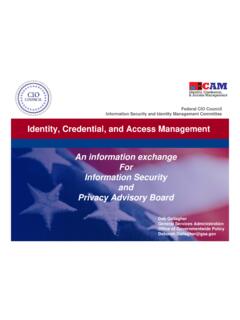
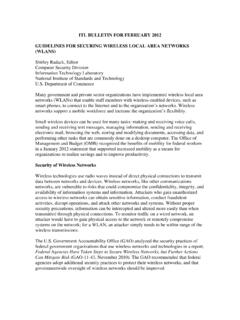
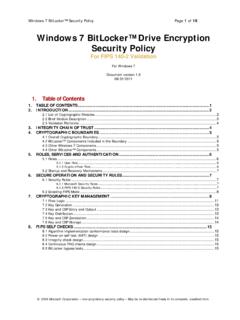
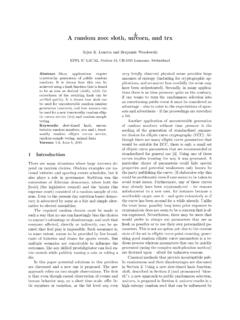
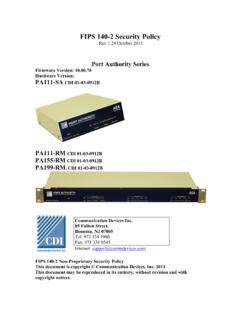
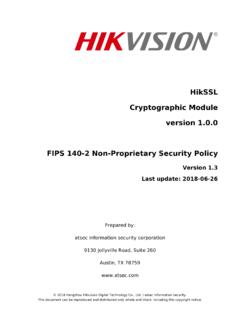
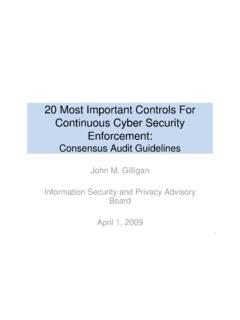
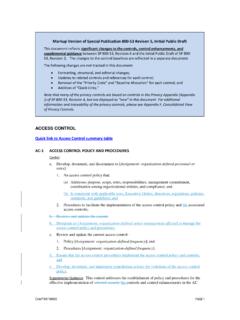
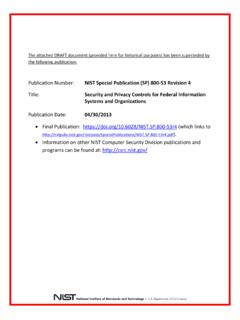
![Trusted Computer System Evaluation Criteria ['Orange Book']](/cache/preview/d/c/8/2/e/0/b/0/thumb-dc82e0b09a20a646b537554d023d91ee.jpg)
